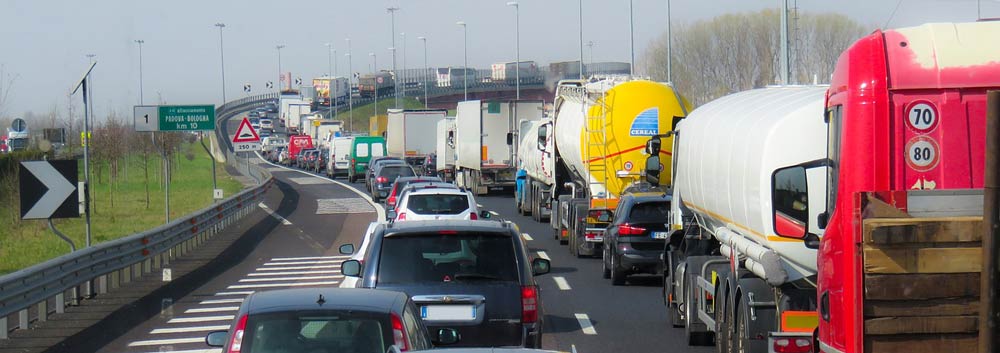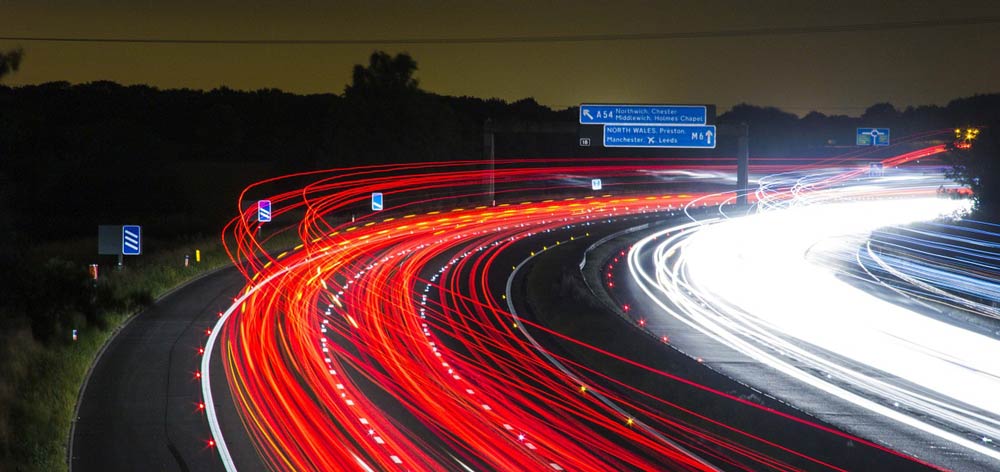
What is making my vehicle harmful?
To drive your vehicle you must have gasoline or diesel, but burning these fossil fuels releases carbon dioxide into the atmosphere. The buildup of carbon dioxide and other greenhouse gases, such as methane, nitrous oxide, and hydrofluorocarbons, is causing the Earth’s atmosphere to become gradually warmer. As the Earth heats up, we see changes in the climate such as melting glaciers, floods, droughts, and changing precipitation patterns. About 26 percent of the U.S. greenhouse gas emissions come from transportation, and transportation is the second leading source of greenhouse gas emissions behind electricity.
Is my vehicle only harmful when I’m driving?
Unfortunately, the harm your vehicle is causing starts when it is manufactured. The environmental impact begins with the mineral extraction and production of raw materials that go into making your vehicle. For example, iron ore gets turned into steel, which makes up most of the mass of your vehicle. Other materials include aluminum, copper, and plastic. Although many of these components can be recycled, a degree of pollution is associated with all of them due to the energy consumption, air pollution, and release of toxic substances that occur when vehicles are manufactured. However, most of the environmental impact occurs when you use your vehicle due to the pollution in the exhaust and fuel emissions. Nearly all vehicles use gasoline, and as the gasoline combusts in your engine, a mix of pollutants are released from your vehicle’s tailpipe, including carbon dioxide.

Photo Credits to Pixabay.com
What are the effects of vehicle pollution?
The exhaust from your vehicle emits a range of gases and solid matter, causing global warming, acid rain, and harming the environment. Car pollution is one of the contributing factors to global warming, which is the gradual increase in the Earth’s temperature. Your vehicle emits greenhouse gases, such as carbon dioxide, which traps heat in the Earth’s atmosphere. Greenhouse gases occur naturally in the environment, and without them, the Earth would be covered in ice, but the burning of large amounts of fossil fuels such as gasoline has caused an increase in the Earth’s temperature by 1.1 degrees Celsius above the pre-industrial period. These warmer temperatures impact sea levels, wildlife, and farming. Other car emissions negatively impact the air, soil, and water. Nitrous oxide depletes the ozone layer, which is responsible for shielding the Earth from the harmful ultraviolet radiation of the sun. Sulfur dioxide and nitrogen dioxide mix with rainwater to create acid rain, which causes damage to crops, forests, vegetation, and buildings. The ground isn’t safe either, as fuel spills from vehicles are absorbed into the soil and washed into lakes, rivers, and wetlands.
If carbon dioxide is harmful, do I harm the environment when I breathe?
In school, you learned that you breathe in oxygen and breathe out carbon dioxide. When faced with the challenge of reducing carbon emissions, some may refute that it is pointless since humans create carbon emissions by simply breathing. However, this statement doesn’t take into account the full carbon cycle. While humans and animals breathe in oxygen and breathe out carbon dioxide, plants do just the opposite by absorbing carbon dioxide and releasing oxygen. The carbon in your body comes either directly or indirectly from plants, so the carbon dioxide you exhale is accounted for. Furthermore, the amount of carbon you breathe out is less than what you took in since you are 18 percent carbon by weight. By contrast, the carbon emissions from industrial processes are from fossil fuels, which are reserves of old biological matter. By burning oil, gas and coal we are shifting the carbon cycle from its natural state.

Photo Credits: Pixabay.com
How can I reduce vehicle pollution?
Since most pollution from your vehicle is due to the burning of fuel, consider ways to burn less fuel. Choose other forms of transportation such as biking or walking, or carpool with others. If you know you need to run errands, plan out your trip ahead of time to avoid unnecessary driving such as a second trip. When you are driving, accelerate gradually to use less fuel, and avoid idling, which contains more pollutants than running exhaust. In addition, if you are in the market for a new vehicle, opt for a low emission vehicle (LEV) or even an electric vehicle powered by renewable energy. Driving your vehicle is an unavoidable task, but try to look for ways to reduce or limit vehicle use. Remember that vehicle emissions cause harmful consequences to the environment, and the damage may not be able to be reversed. These changes are one step you can take of many to reduce the negative impact we potentially have on our planet.

About the author
Jennifer McGregor is a pre-med student, who loves providing reliable health and medical resources for PublicHealthLibrary.org users. She knows how difficult it can be to sift through the mountains of health-related information on the web. She co-created the site with a friend as a way to push reputable information on health topics to the forefront, making them easier and quicker to find.



